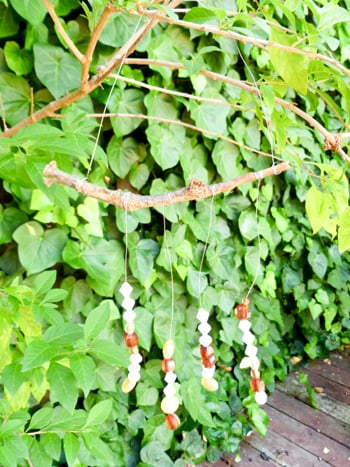Science project
Wind Turbine Design
Grade Level: 6th - 8th; Type: Earth Science, Life Science, Engineering
Objective:
This project tests whether birds will discriminate between patterned and unpatterned anemometers when choosing a location to feed. The goal is to have the student use scientific methodology to find an anemometer pattern that birds will avoid.
Research Questions:
- Bulleted list of questions to be asked
- Do birds discriminate between patterned and unpatterned anemometers?
- Are birds attracted to or repelled by patterned anemometers?
- Are there other patterns besides the one initially tested that cause bird avoidance?
When wind farms were first proposed as a way to help meet the energy needs in the United States, there was hope that this would be an environmentally friendly solution to an ongoing need. It was not recognized at that time that collisions with the rotating blades on the wind turbines would kill thousands of birds at the wind farms.
Several modifications of the wind turbines were proposed to make them more bird friendly, but none seemed to work. However, one researcher found that some birds were better able to see the rotating blades if two of the three blades were painted white and the third one black.
Materials:
- Two anemometers (Dixie cups, four straws, two pins, scissors, a paper punch, a stapler); three plates; and bird seed
- Wal-Mart-type store; pet store
Experimental Procedure:
- Conduct preliminary research about the wind turbine problem then attempt to predict whether birds will discriminate between patterned and unpatterned anemometers when choosing a place to feed.
- Construct two identical paper-cup anemometers. Use white paper cups to construct the first anemometer, but paint one of cups black in the second one.
- Locate a site where there is a slight breeze where birds tend to forage for food.
- Measure out equal amounts of bird seed on two identical plates.
- Place the two plates containing the bird seed where the birds will find them.
- Place the white-cup anemometer near one of the plates; and the black-cup anemometer near the other plate. The anemometers should not obstruct the bird’s access to the food.
- Check that both anemometers are spinning properly.
- Withdraw to a location where you can observe the birds’ feeding behavior without disturbing the birds.
- Observe the feeding behavior of the birds, then measure the amount of bird seed that was consumed at each of the anemometers.
- Evaluate your initial prediction about how the birds would respond to the two anemometers. If necessary, propose and test other patterns for the anemometer cups.
Terms/Concepts: Wind farms; Wind turbine blades; Anemometers
References:
- Joe Rhatigan, Sure-to-Win Science Fair projects, Lark Books, New York, 2001; p. 104
- Proceedings of the Wind Energy and Birds/Bats Workshop: Understanding and Resolving Bird and Bat Impacts, Resolve, Washington, D.C., 2004
- "Wind Turbines for the Birds," Physical Science Case Study, Glencoe-McGraw-Hill, 2005
- How Do Wind Turbines Work? from the Wind Energy Technologies Office
- Wind Energy from EIA Energy Kids
Education.com provides the Science Fair Project Ideas for informational purposes only. Education.com does not make any guarantee or representation regarding the Science Fair Project Ideas and is not responsible or liable for any loss or damage, directly or indirectly, caused by your use of such information. By accessing the Science Fair Project Ideas, you waive and renounce any claims against Education.com that arise thereof. In addition, your access to Education.com's website and Science Fair Project Ideas is covered by Education.com's Privacy Policy and site Terms of Use, which include limitations on Education.com's liability.
Warning is hereby given that not all Project Ideas are appropriate for all individuals or in all circumstances. Implementation of any Science Project Idea should be undertaken only in appropriate settings and with appropriate parental or other supervision. Reading and following the safety precautions of all materials used in a project is the sole responsibility of each individual. For further information, consult your state's handbook of Science Safety.












